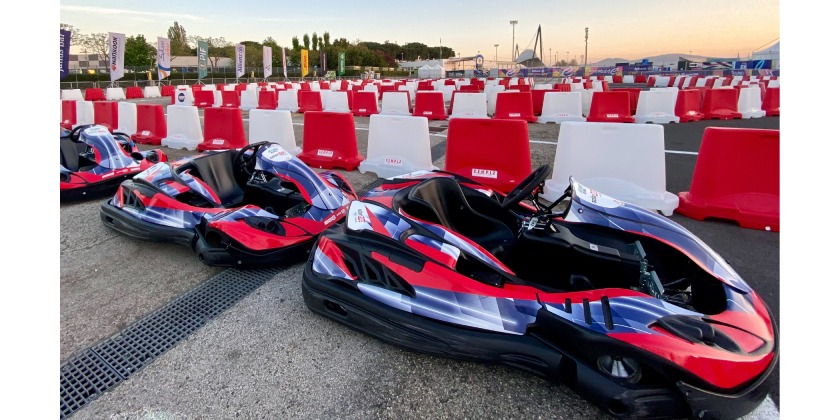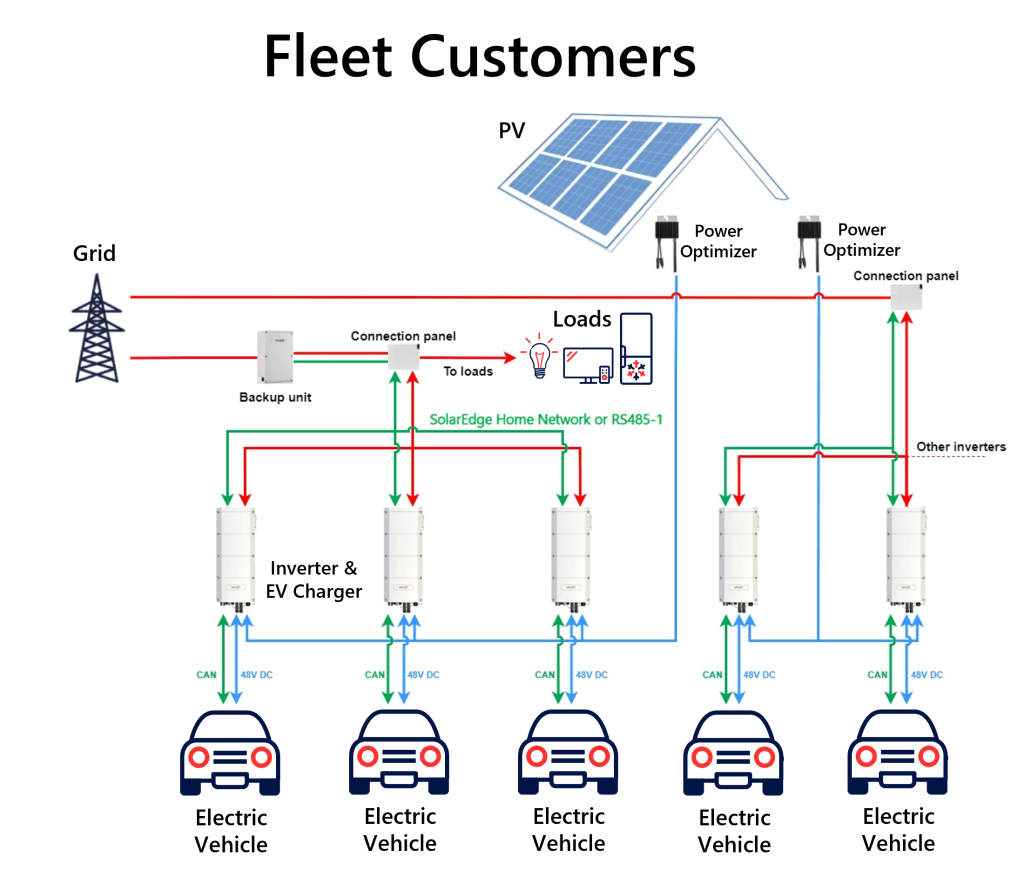SolarEdge e-Mobility Presents Innovative Integrated EV, Solar and Bi-Directional Charging Solution for Micromobility Vehicles

August 29, 2024
SolarEdge e-Mobility has introduced a fully-integrated solution for residential and commercial micromobility vehicles featuring an automotive-grade electric powertrain, solar, battery storage and bi-directional EV charging capabilities. The new integrated powertrain solution from SolarEdge is ideal for large commercial facilities or public areas requiring a fleet of micromobility vehicles such as urban municipalities, malls, airports and ports, as well as track owners and electric events such as Formula-E.
The SolarEdge e-Mobility electric powertrain is built with automotive-grade 48V components, including an e-Motor, lithium-ion battery and energy management system – DC-optimized for maximum power efficiency. These powertrains can be integrated into any L6 or L7 vehicle chassis such as microcars, golf buggies, go-karts, accessibility vehicles and shuttles. Fully integrated with SolarEdge’s industry-leading solar systems, micromobility vehicles can be powered directly by the sun or using stored solar energy. SolarEdge’s EV charger also provides one of the world’s first bi-directional EV charging capability for micromobility vehicles, enabling the vehicle’s battery to store energy and be used to power homes and businesses.

The company unveiled its first e-kart micromobility vehicle using this solution at Formula-E London, featuring a chassis provided by Parolin Racing – demonstrating how residential microcars and commercial micromobility fleets can cut their energy bills, while reducing carbon emissions and dependency on the grid. SolarEdge’s new e-Kart has been front and center at recent Formula-E events in London and Misano, Italy, with fleets of e-karts raced by thousands of visitors in the paddock’s entertainment area in between races.
For residential customers, the new integrated electric powertrain solution is ideal for the electric fast-growing microcars segment, which has gained popularity across Europe as a convenient, cost-effective transport option for urban areas that avoids emissions charges. The electric powertrain is designed to integrate seamlessly with a home’s solar system, enabling sustainable cost-free charging using the sun. Leveraging bi-directional charging, the vehicle serves as a home battery to power the home and reduce grid use for much lower energy bills.
David Ben-Bassat, General Manager of SolarEdge e-Mobility, comments: “Integrating our automotive-grade powertrain with SolarEdge’s industry-leading solar and storage systems allows us to offer both commercial and residential micromobility users a much more sustainable and cost-effective solution, while bringing them bi-directional charging capabilities for the first time. We provide a smart approach to micromobility, delivering both the technology and infrastructure our customers need all under one roof. With electrification continuing to expand, it is likely that the integration of EVs, solar and bi-directional charging will play an important role in driving the cost-efficiencies required for mass adoption.




